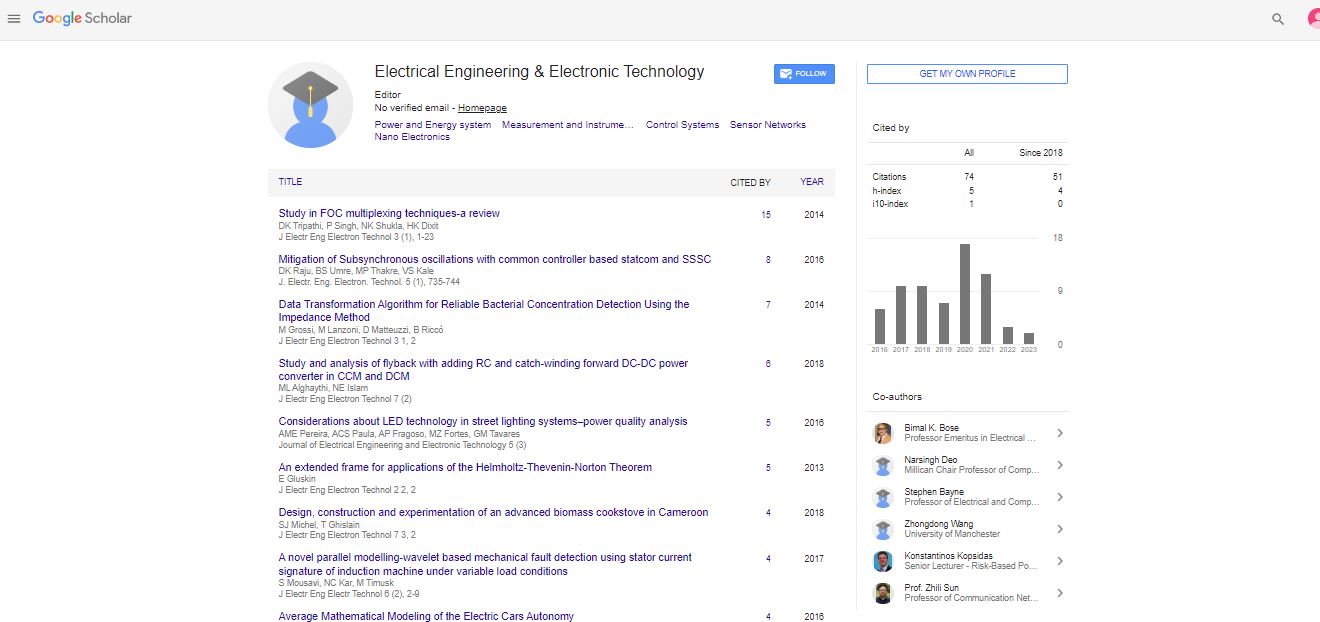A spectrographic system used to analyse meteors
Francisco Espartero
Observatorio Andaluz de Astronomia, Spain
: J Electr Eng Electron Technol
Abstract
Statement of the problem: The study of meteoroids with large-field cameras as they enter the Earth's atmosphere has traditionally employed video and photography techniques using diffraction gratings. This enables the study of the physical-chemical nature of meteoroids and, in some cases, the parent body from which they come. The analysis of this data permits a broader view of how different techniques can contribute to our understanding of interplanetary matter through astrometry and spectrography. Two spectrographs have been linked together so that they capture the same object simultaneously. Their optics are different, however, since they include two CCD cameras have different formats and resolutions. The main objective is to improve on the results that are obtained with video cameras, as can be seen with respect to two meteors that were captured by both spectrographs and whose results have been analyzed.
Conclusion & Significance: Video cameras are more sensitive than spectrographs and can detect less bright meteors. The positive feature of these two techniques is that, while the spectra captured by the video cameras offer a low resolution, the CCD of the spectrographs can provide more detailed information and with better spectral resolution. In our case study the second order spectrum is detected at higher resolutions and the spectral range is increased in the Infrared- and even more so in the ultraviolet part of the spectrum, from 3,400 Å to 10,000 Å.
Biography
E-mail: Espartero@astroalcala.es
 Spanish
Spanish  Chinese
Chinese  Russian
Russian  German
German  French
French  Japanese
Japanese  Portuguese
Portuguese  Hindi
Hindi 
